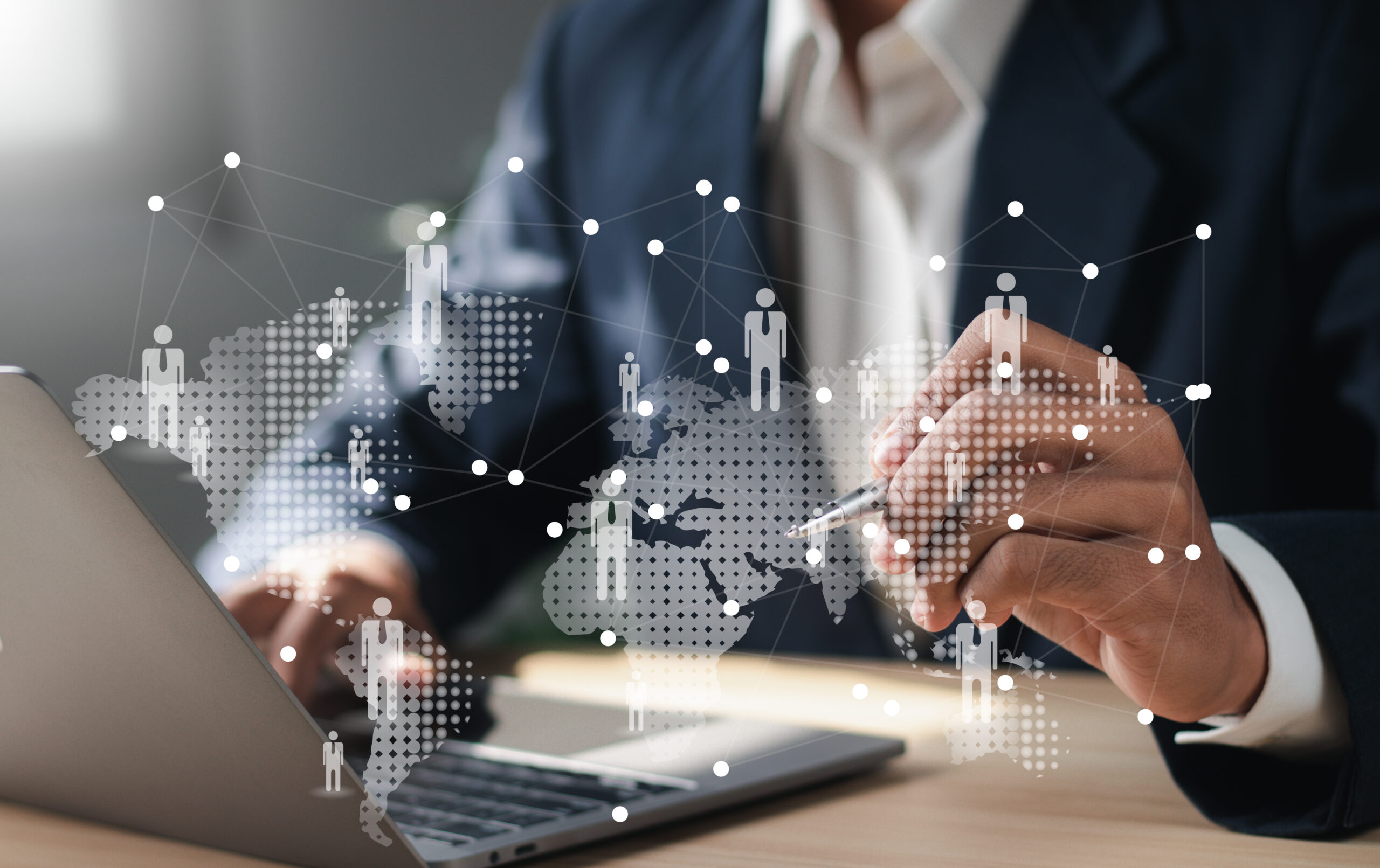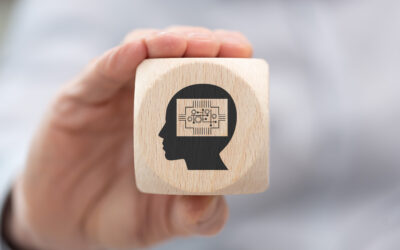“Information is the oil of the 21st century, and analytics is the combustion engine.” – Peter Sondergaard.
Workforce management involves understanding, anticipating, and influencing employee behavior in a way that supports organizational goals. By leveraging technology, tools such as People Analytics, businesses can collect data related to employee performance over time. This data can then be analyzed to gain insights into employees’ strengths and weaknesses, allowing leaders to optimize their workforce accordingly. In this article, we’ll cover the basics of People Analytics and how it enables improved workforce management strategies across organizations.
What is People Analytics?
People analytics, also known as talent analytics or HR analytics, is a data-driven approach to analyzing various aspects of people processes, functions, challenges, and opportunities in the workplace. It involves gathering and assessing data to make better decisions using statistical analysis and data interpretation techniques.
“The goal is to turn data into information, and information into insight.” – Carly Fiorina.
Why are People Analytics Valuable?
People analytics helps organizations achieve sustainable business success by using data to understand and improve their workforce. For example, the analytic data:
- Helps optimize workforce productivity by identifying areas where employees may be underperforming and delegating tasks to automation.
- Enables the understanding and addressing of factors contributing to employee turnover and decreased performance, leading to improved employee retention.
- Aids the hiring process by analyzing historical data to determine the characteristics and qualifications needed in new hires.
Businesses derive value by converting raw statistical data into actionable outputs that enhance employee satisfaction, productivity drivers, structured compensation, and the success of HR strategy.
What Does Research Tell Us about People Analytics?
Data collected by McKinsey and Company have found that the application of people analytics has led to the following improvements:
- 80% increase in recruiting efficiency
- 25% rise in business productivity
- 50% decrease in attrition rates
Is There A Difference Between HR and People Analytics?
The main differences between people analytics and HR analytics are their 1) scope, and 2) focus. HR analytics primarily captures and measures the functioning of the HR team itself, such as employee turnover and time to hire. On the other hand, people analytics aims to encompass the entire workforce data and customer insights, integrating them together to improve decision-making and business performance. People analytics has a broader scope and includes a holistic workforce strategy, while HR analytics is more specific to the HR team’s performance.
I) Scope
HR analytics primarily focuses on analyzing data related to the HR function and its impact on HR-related outcomes. The data evaluates the effectiveness of HR initiatives and improves HR processes. On the other hand, people analytics takes a broader perspective and analyzes data from various sources, including HR, to assess the workforce. It considers factors beyond HR processes, such as employee engagement, performance, and the impact of organizational culture.
II) Metrics and Focus
HR analytics measures and analyzes HR-specific metrics, such as employee turnover, hiring time, and training effectiveness. It evaluates the performance and efficiency of HR processes. In contrast, people analytics goes beyond HR metrics and includes a wider range of data, such as employee opinions, well-being, and behaviors. It provides insights into the overall workforce and includes customer data to improve decision-making and business outcomes.
How is People Analytic Data Collected?
People analytic data is collected by extracting information from various digital HR tools and systems already used within most organizations; For example, employee-related data including age, tenure, job role, salary, performance ratings, and job-specific information. The data is pulled from HRIS, payroll, POS and other systems and undergoes processing, cleaning, and organization.
The data collection process creates a “big picture” view of the workforce, ready for analysis and generating actionable data outputs. Algorithms, calculations, and machine learning techniques are applied to the data to create frontline managerial tools such as schedules, charts and graphs. Moreover, people analytics platforms serve as a central hub for integrating and analyzing disparate HR and business data sources, enabling a comprehensive view of the organization’s workforce.
“Understanding what workforce levers to pull to drive business outcomes will revolutionize the impact HR has on business performance.”- John Schwarz, CEO & Founder, Visier.
People analytics is a powerful tool for optimizing businesses’ workforce management. By leveraging data-driven outputs, it can be used to fuel better decision-making and enable more efficient processes. In short, people analytics is quickly becoming an indispensable asset for any company that strives to maximize its human capital potential and ensure success. In today’s increasingly competitive marketplaces, effective human resource management is essential – and with people analytics at your disposal, you can stay one step ahead of the competition.
Thank you for reading our article!
TimeWellScheduled is a secure online time and attendance software 100% tailored to meet your employee scheduling needs! In addition, our cloud-based solution facilitates attendance tracking and payroll processing and enhances workforce management capabilities. Plus, our service is free for up to 10 employees.






